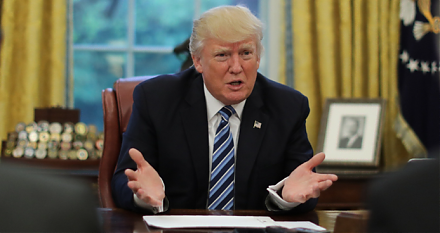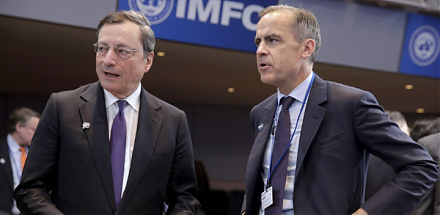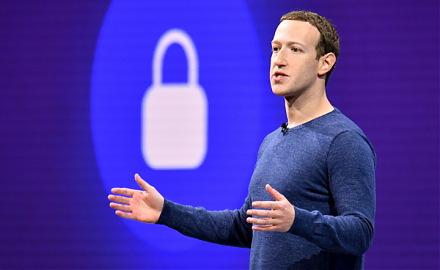

2019-08-24 14:38:00 Sat ET
stock market gold oil stock return s&p 500 asset market stabilization asset price fluctuations stocks bonds currencies commodities funds term spreads credit spreads fair value spreads asset investments
Warren Buffett warns that the current cap ratio of U.S. stock market capitalization to real GDP seems to be much higher than the long-run average benchmark. With the current cap ratio of 146.4x, U.S. stock market capitalization represents at least 146 times American national income per year. This current cap ratio exceeds the long-run average benchmark of 80x by more than 80%, and is historically second to the peak of irrational exuberance near 148.5x during the dotcom bubble back in March 2000. From 2018Q3 to 2019Q2, the S&P 500 delivers a 12-month net profit of about $135 per share, and the S&P 500 aggregate share price rises to $3000+ per share. The equivalent S&P 500 P/E ratio thus hovers in the broad range of 22x to 24x. This narrow range well exceeds the long-run average benchmark of 15x to 16x. Long-term stock market capitalization and corporate profitability should move in tandem. If these key metrics stray too far apart, it can be prohibitively expensive for U.S. public corporations to get back to balance.
From this fundamental perspective, the normal stock market forces may pull equity valuation back to the long-run average yardsticks relative to U.S. national income and corporate profitability.
If any of our AYA Analytica financial health memos (FHM), blog posts, ebooks, newsletters, and notifications etc, or any other form of online content curation, involves potential copyright concerns, please feel free to contact us at service@ayafintech.network so that we can remove relevant content in response to any such request within a reasonable time frame.
2017-07-01 08:40:00 Saturday ET

The Economist interviews President Donald Trump and spots the keyword *reciprocity* in many aspects of Trumponomics from trade and taxation to infrastructur
2023-12-05 09:25:00 Tuesday ET

Better corporate ownership governance through worldwide convergence toward Berle-Means stock ownership dispersion Abstract We design a model
2019-09-17 08:33:00 Tuesday ET

Global stock market investors foresee the harbinger of a major economic downturn. Many stock market investors become anxious due to negative term spreads an
2023-02-28 10:27:00 Tuesday ET

Basic income reforms can contribute to better health care, public infrastructure, education, technology, and residential protection. Philippe Van Parijs
2018-04-07 09:36:00 Saturday ET

Facebook CEO Mark Zuckerberg testifies in Congress to rise up to the challenge of public outrage in response to the Cambridge Analytica data debacle and use
2019-07-21 09:37:00 Sunday ET

Facebook introduces a new cryptocurrency Libra as a fresh medium of exchange for e-commerce. Libra will be available to all the 2 billion active users on Fa